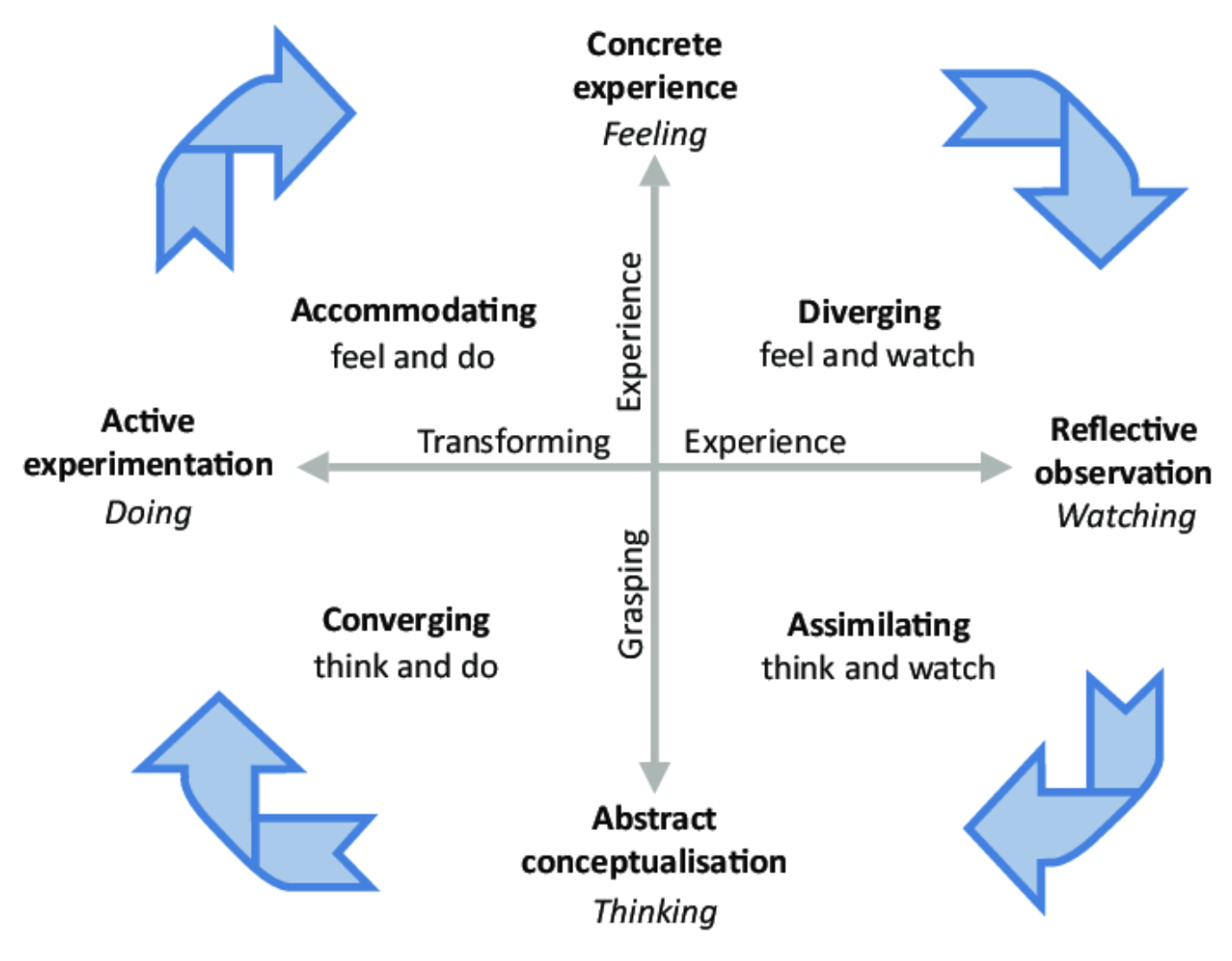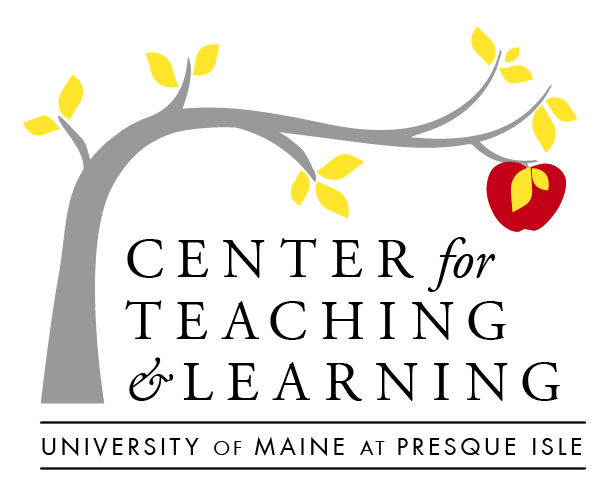What is Experiential teaching & Learning?
EXPERIENTIAL TEACHING & LEARNING
Experiential teaching and learning is an educational approach that emphasizes active engagement, a variety of hands-on experiences, and reflection as key components of the learning process. It moves beyond traditional sage-on-a-stage-based instruction and encourages students to participate in real-world activities, experiments, projects, or simulations that directly relate to the subject matter being taught.
In experiential teaching and learning, students are actively involved in their own learning process. They engage in firsthand experiences that allow them to apply theoretical knowledge, develop practical skills, and make connections between concepts and real-life situations. This approach promotes critical thinking, problem-solving, and decision-making skills as students encounter challenges and find solutions through active engagement.
Experiential teaching methods often involve collaborative and interactive activities that encourage students to work together, share ideas, and learn from one another. This fosters a sense of community and teamwork, enhancing social skills and communication abilities. Reflection is also an integral part of experiential teaching and learning. Students are encouraged to reflect on their experiences, analyze their observations, and make connections to the underlying theories or concepts. This reflection process helps deepen understanding, reinforce learning, and promote metacognitive skills by encouraging students to think about their own thinking.
“Experiential education is a teaching philosophy that informs many methodologies in which educators purposefully engage with learners in direct experience and focused reflection in order to increase knowledge, develop skills, clarify values, and develop people’s capacity to contribute to their communities”
CONNECTING LEARNING WITH DOING
The video discusses the experiential learning cycle, including its stages and benefits for educators and learners. It explores the importance of experiencing, reflecting, thinking, and acting in the learning process. The video also touches on the relationship between the learning cycle and brain functions, the role of different learning styles, and the need for diverse assessment methods.
Applying Kolb's learning cycle to classroom practice
Applying Kolb’s learning cycle to classroom instruction offers several benefits for both students and educators. Here are some of the key advantages:
- Enhanced Learning Engagement: Kolb’s learning cycle (which consists of four stages: concrete experience, reflective observation, abstract conceptualization, and active experimentation) promotes active engagement in the learning process. By incorporating activities that align with each stage, educators can increase student engagement and participation, leading to deeper understanding and retention of the material.
- Personalized Learning: The learning cycle recognizes that individuals have different learning preferences and styles. By incorporating a variety of activities that cater to diverse learning styles (e.g., hands-on experiences, discussions, visual aids), educators can create a more inclusive and personalized learning environment that meets the needs of all students.
- Critical Thinking: Kolb’s learning cycle emphasizes the importance of critical thinking through reflection. By encouraging students to reflect on their experiences, analyze their observations, and make connections to abstract concepts, educators can foster critical thinking skills and enhance students’ ability to analyze, evaluate, and apply knowledge in different contexts.
- Skill Development: Through the active experimentation stage of the learning cycle, students have the opportunity to apply their knowledge and skills in real or simulated situations. This promotes the development of practical skills, problem-solving abilities, and decision-making skills that are essential for success in various academic and professional settings.
- A Focus On Continuous Improvement: The iterative nature of Kolb’s learning cycle encourages continuous improvement. By reflecting on experiences and actively experimenting with new approaches, students can refine their understanding, skills, and strategies over time. This promotes lifelong learning and a growth mindset.

Experiential Education vs. Experiential Learning
Experiential education (EE) is defined as the philosophical process that guides the development of structural and functional learning experiences. Experiential learning (EL) is defined as the specific techniques or mechanisms that an individual can implement to acquire or meet learning goals (Roberts, 2012).
As we continue our work with Jay Roberts, we will work as a team to establish what Experiential Learning means at the University of Maine at Presque Isle honoring our Strategic Plan as well as our Academic Commitments.
Lucky to work with leaders in the field…
“Practices like these also tend to be ‘high feedback’ in orientation and invite students to integrate across domains” (Roberts, 17).
Experiential Practices “require close student-faculty interaction and peer-peer collaboration and relationship building.”
Dr. Jay Roberts, author of Experiential Education in the College Context
Dr. Paul Hanstedt, author of Creating Wicked Students, designing courses for a complex world
Frequently Asked Questions
Is Experiential Education teaching that takes place outdoors?
Experiential teaching and learning can happen outside of a traditional classroom, but it does not have to–it focuses on students’ meaningful and authentic experiences (which can be supported in many environments). Many people mistake experiential education with adventure-based learning, but this is not the focus of UMPI’s experiential education intiatives.
I am a student, how will Experiential Education affect me?
Experiential learning will ‘show up’ in many ways in your classes, and across disciplines! Benefits of Experiential Learning include:
-
a deeper understanding of subject matter than is possible through classroom study alone;
-
the capacity for critical thinking and application of knowledge in complex or ambiguous situations;
-
the ability to engage in lifelong learning, including learning in the workplace.
Experiential learning within an Experiential Education construct will help you take steps to know about yourself as a learner and our future career.
Let’s review a bit more:
Are there some subjects which cannot use an Experiential Education framework?
There are many ways to develop authentic experiences and encourage experiential learning across subjects and disciplines. Be sure to check out our Experiential Education Toolkit page, for ever-evolving resources, tips, and support!
What resources and support are available to help me design and implement experiential learning activities?
There are several resources and support available to help you design and implement experiential learning activities. One resource is UMPI’s Center for Teaching & Learning, which provides tips and strategies for getting started with experiential learning, such as defining the activity’s overarching purpose and goals, and aligning it with course Outcomes. Another resource is the General and Experiential Education Commitee here on campus (aka the GEECs).
How can I assess the effectiveness of experiential learning activities and measure student learning outcomes?
Assessing the effectiveness of experiential learning activities and measuring student learning outcomes can be done through various methods. Here are some approaches:
- Reflection and Self-Assessment: Encourage students to reflect on their experiential learning experiences and assess their own growth and development. This can be done through written reflections, journals, or self-assessment tools. Students can evaluate their progress toward goals, identify areas of improvement, and connect their experiences to course objectives.
- Rubrics and Checklists: Develop clear rubrics or checklists that outline the specific learning outcomes and criteria for success. Use these assessment tools to evaluate student performance during or after the experiential learning activity. Rubrics provide a structured framework for assessing qualitative aspects of student work, while checklists focus on specific skills or behaviors.
- Peer Evaluation: Incorporate peer evaluation as a form of assessment. Students can provide feedback to their peers based on predefined criteria or guidelines. Peer evaluation encourages active engagement, collaboration, and the development of interpersonal skills.
- Direct Observation: Observe students during the experiential learning activity to assess their engagement, participation, and application of knowledge and skills. This can be done through structured observations, video recordings, or real-time feedback.
- Pre- and Post-Assessments: Administer formative pre-and post-assessments to measure changes in knowledge, skills, or attitudes before and after the learning activity. This allows for a comparison of student learning and provides insights into the effectiveness of the activity.
- Authentic Assessments: Design assessments that closely resemble real-world tasks or challenges related to the experiential learning activity. This could include presentations, portfolios, case studies, or simulations. Authentic assessments provide opportunities for students to demonstrate their competency in practical, real-life contexts.
It is important to align assessment methods with the learning outcomes and objectives of the learning activity. By using a combination of assessment approaches, educators can gather comprehensive evidence of student learning and make informed judgments about the effectiveness of the experiential learning experience.
